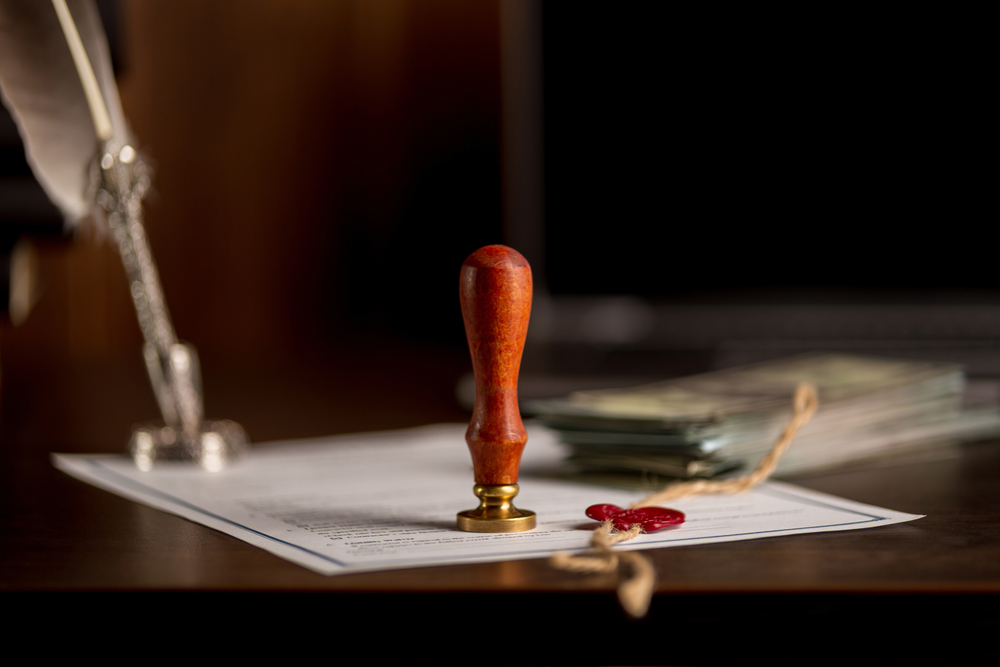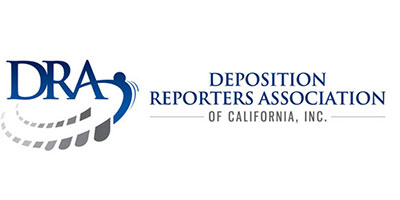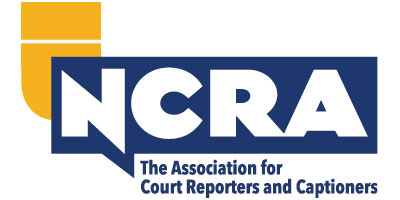You may have heard necessity is the mother of invention, and so it was with shorthand. In 63 BC, Marcus Tiro, a Roman slave, was assigned the task of following Cicero to record his spoken words as notes. In desperation, Marcus developed a quick writing technique to keep up with his master’s speech. Around 1180, a monk named John Tilbury began reworking Tiro’s rudimentary form of writing into what became the foundation for shorthand. Dr. Timothie Bright took Tilbury’s form of notation even further, publishing the first text containing 500 symbols for court reporters to use.
England in the early 1700s was made up of many social classes. Young Thomas Gurney was born in Bedfordshire, England, on March 7, 1705, into a family of the English yeoman class. The yeoman class was considered above knaves but below knights and squires and traditionally served members of noble families. As of the 1500s, members of the yeoman class were allowed to own land and raise crops.

Thomas’s father owned a mill and spent his life raising crops to grind into flour. He raised a large family who were expected to serve beside their father. Thomas, however, favored books and designing mechanical equipment. He was so determined to study that he ran away from home twice to escape farm life.
Gurney’s first career was as a clockmaker, followed by a term as schoolmaster in the nearby towns of Luton and Newport Pagnell. Thomas’s insatiable desire to study and learn new things led to a desire to study astrology. He purchased a set of books on the topic and discovered a book entitled “Shorthand,” by William Mason among them. After studying the book, Gurney began taking sermons in shorthand at the age of 16.
Shortly after moving to London in 1737, Gurney was chosen as the official shorthand-writer at the “Old Bailey,” the Central Criminal Court of England and Wales. While the predecessors of freelance court reporters did use shorthand to record legal proceedings, Thomas’s appointment to Old Bailey was the first time anyone was appointed as the official shorthand-writer for any court anywhere in the world.

The first U.S. English form of shorthand was developed by John Gregg in 1893. Gregg’s shorthand form was adopted not just by court reporters, but it soon became the standard for secretaries across the country. Gregg continued to lead the field until technology and computer-assisted reporting machines became the standard in courtrooms across the country.
Contact Combs Reporting in San Francisco for all your court reporting needs. We hire the best CART writers and real-time writers, with accurate transcripts available in many formats. Visit our website today to schedule a court reporter, videographer, or deposition interpreters San Francisco.






Leave A Comment